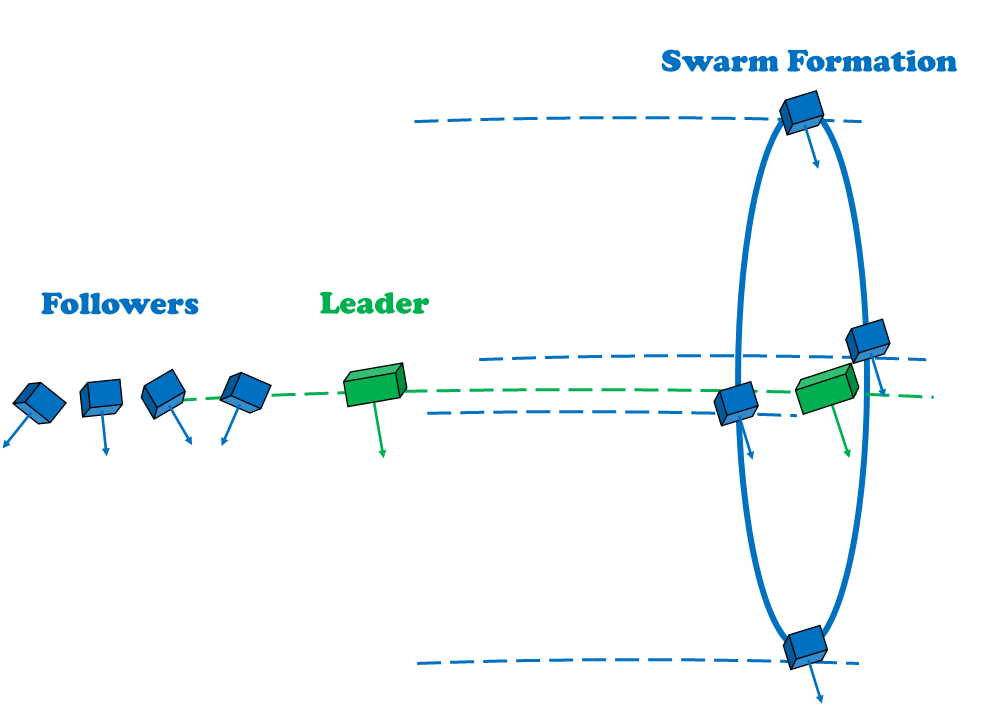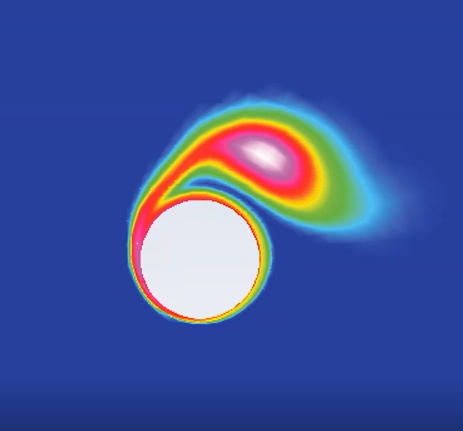Controlling Swarms of Satellites

In collaboration with Professor Venanzio Cichella at the University of Iowa, Moshman Research is developing a control framework for autonomously controlling swarms of satellites for future NASA missions.
Star Power on Earth

Moshman Research is committed to the long-term goal of commercial fusion energy production. We believe we can support and accelerate progress through modeling and simulation and control system design. We have proposed two separate approaches for addressing current challenges at experimental reactors to the DOE. While we have not yet been funded we were encouraged […]
Sailing against the wind

Sailing against the wind has long been a challenge for seafarers. Moshman Research has taken on this challenge by designing a circular rotor that generates directional thrust from the air or water around it. This makes it possible to sail into the wind. Using ANSYS Fluent CFD software, we were able to model and optimize […]
Active Control for High Efficiency Airfoils

In developing our helicopter noise reduction technology, Moshman Research discovered another potential application; greater aerodynamic efficiency. At transonic speeds, we have shown that it is possible to generate positive lift at zero and negative angles of attack and increase the lift-to-drag ratio.
Helicopter Noise Reduction

Moshman Research is developing a new technique for aero-acoustic noise suppression that we believe can have a dramatic reduction on a helicopter’s main rotor blade noise. This could reduce noise in cities and open up precious airspace as well as reduce the warning time for military rotorcraft. We are seeking partners and investors in this technology. The […]
Blast Mitigation for Rocket Launch

When a solid grain rocket first kicks on there is a huge one-time boom that propagates spherically outward like an explosion. This blast wave can damage expensive launch pad equipment or, even worse, disrupt the launch. This is what the pressure field looks like over a few milliseconds: This phenomenon is called Ignition Over-Pressure (IOP). […]